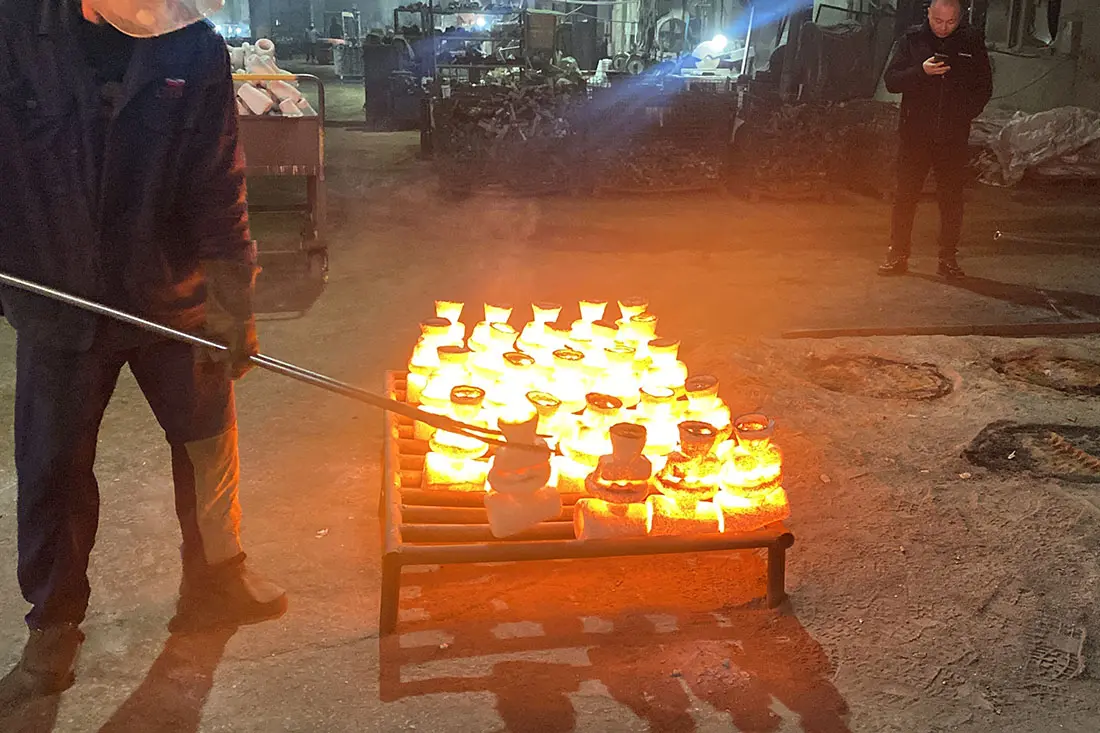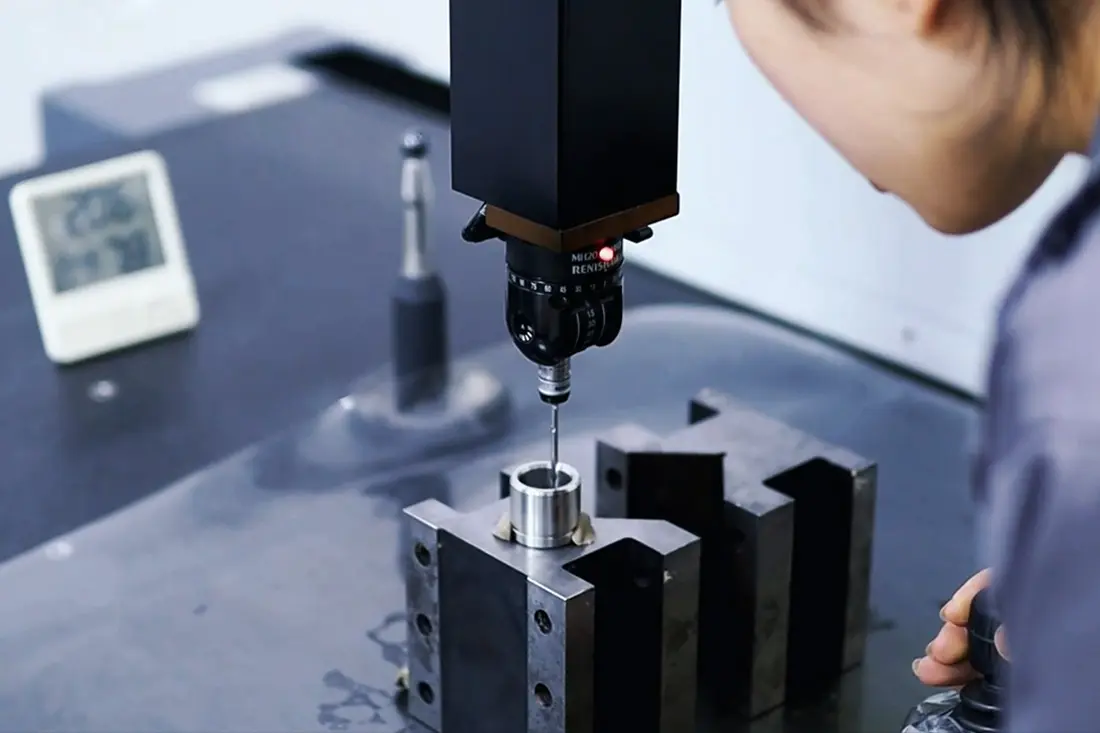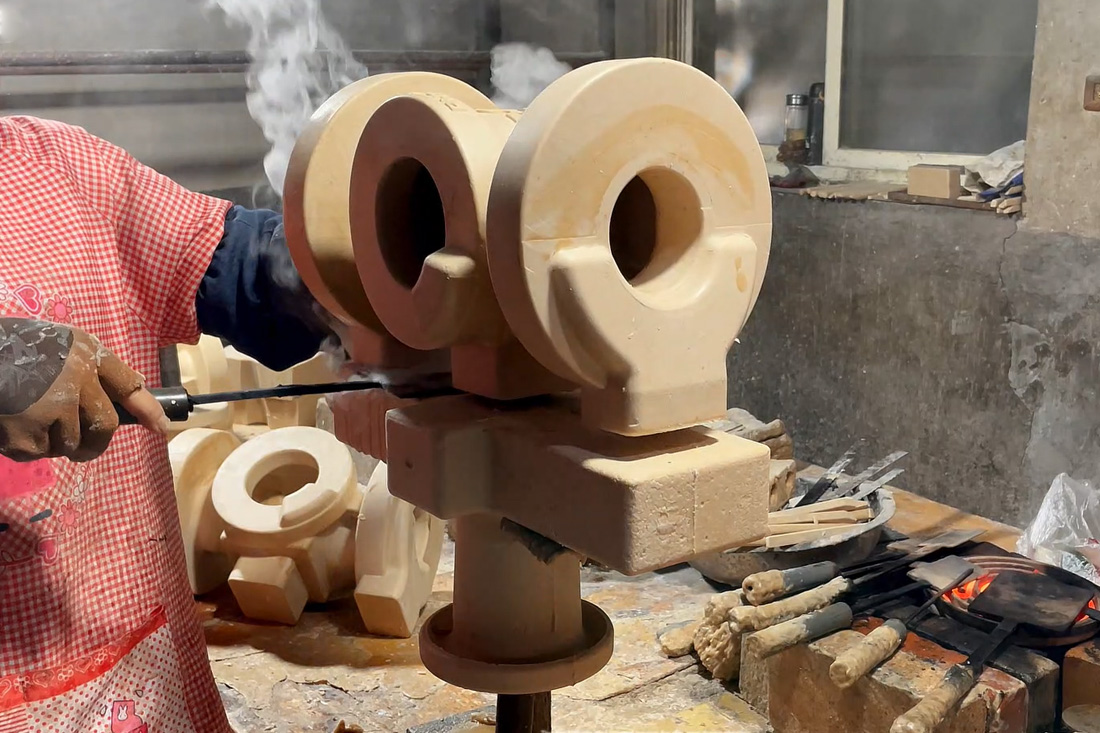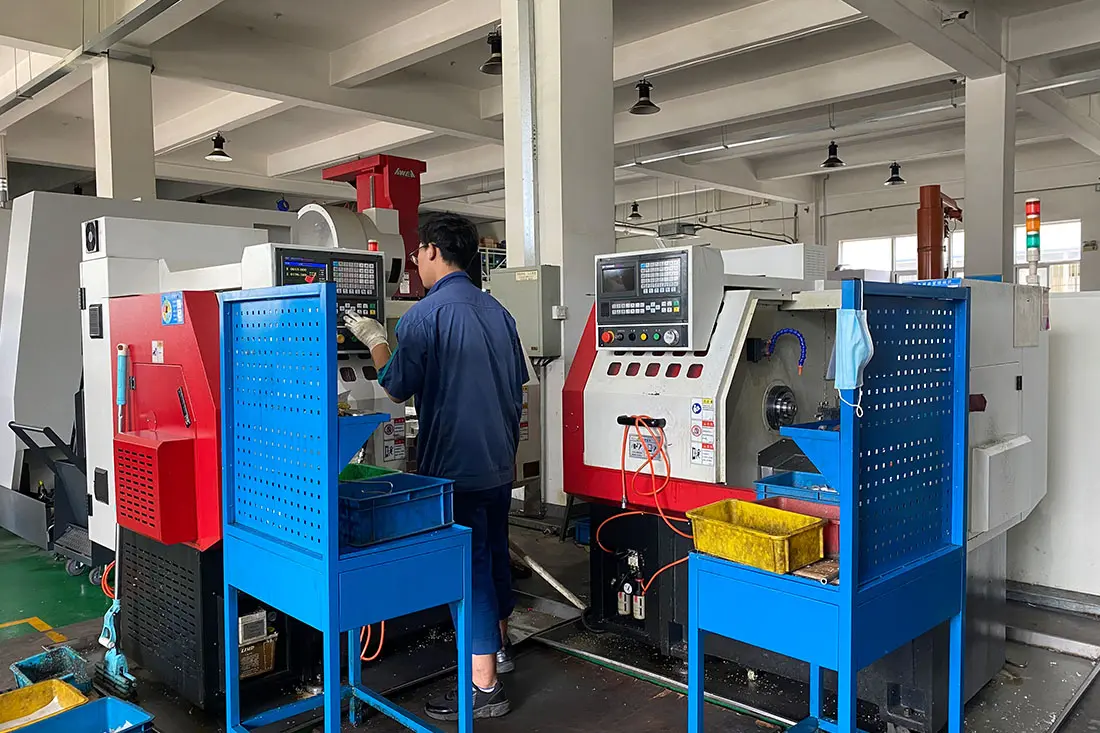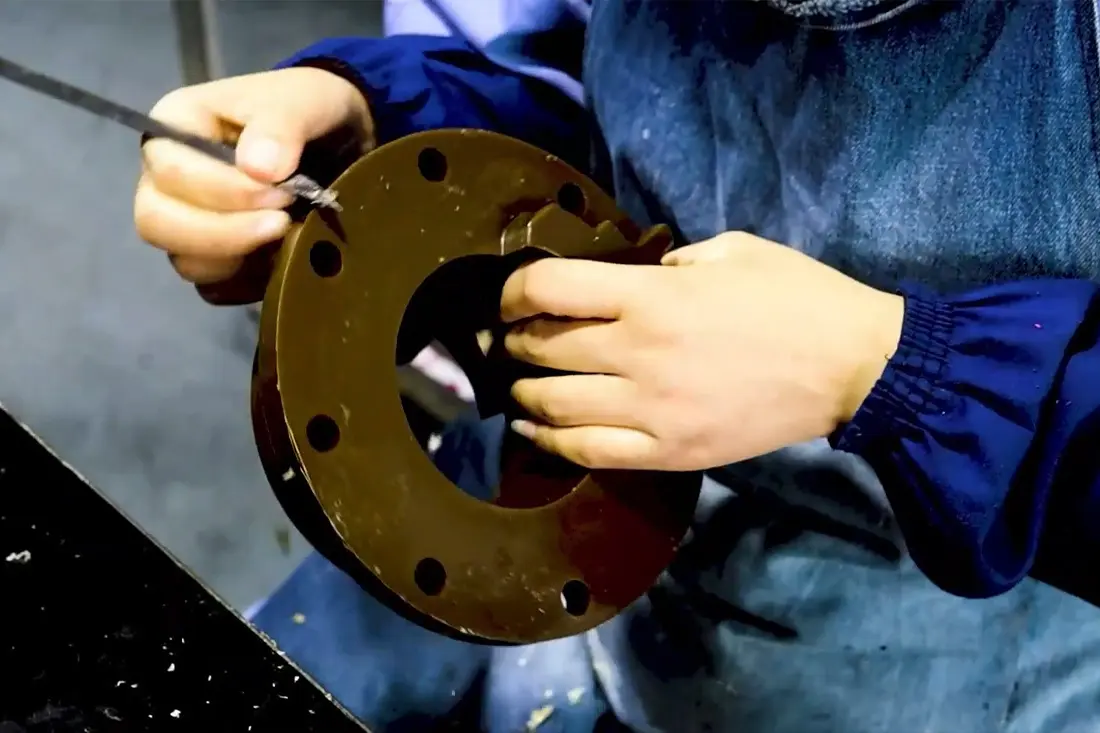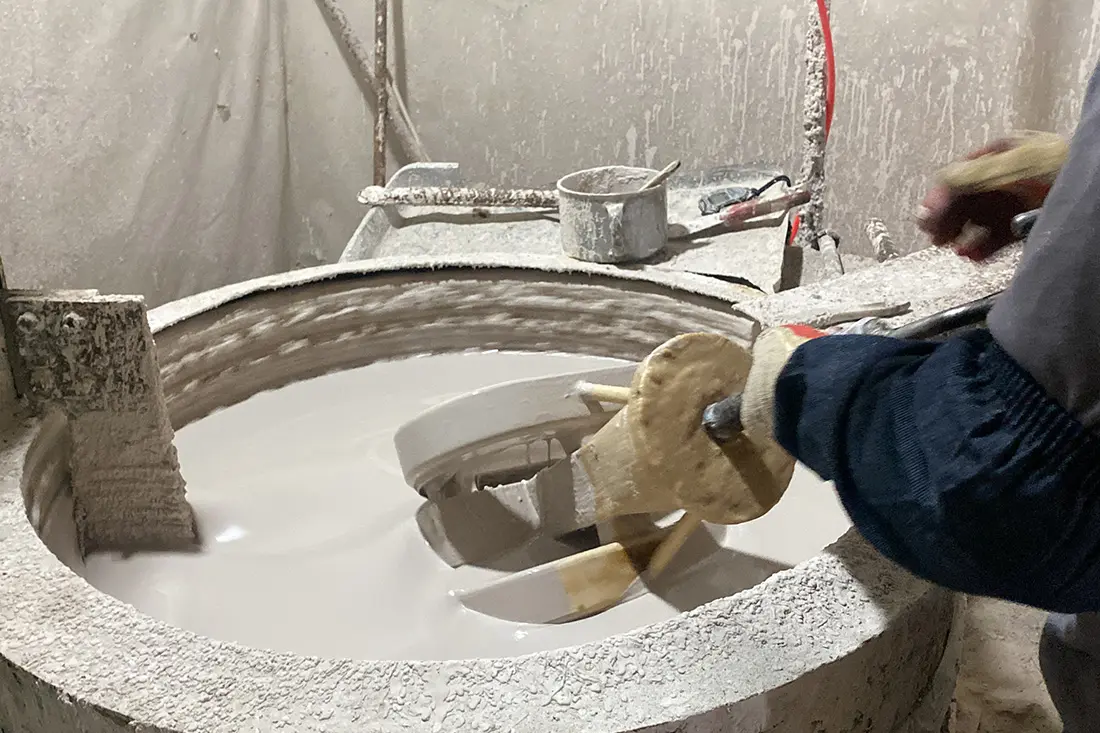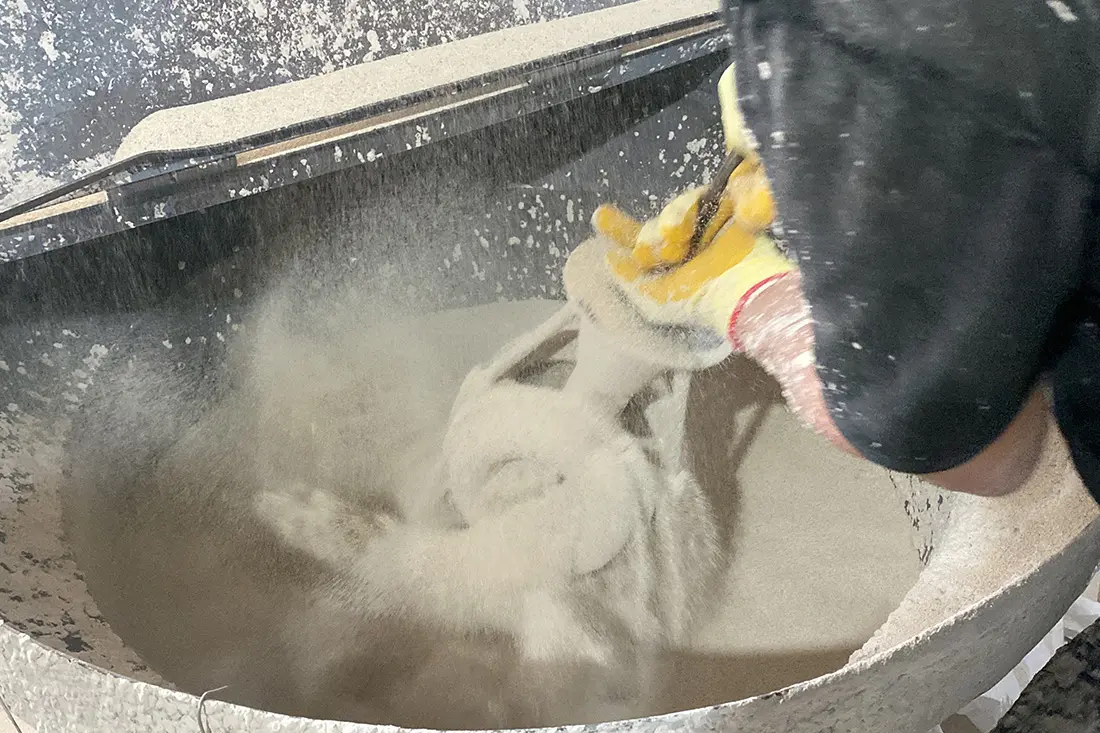Future Prospects of Investment Casting: Trends, Challenges, and Opportunities
Investment casting, a precision manufacturing method rooted in ancient techniques, continues to evolve as industries demand components with higher complexity, durability, and cost-efficiency. As global manufacturing shifts toward automation, sustainability, and advanced materials, investment casting is poised to adapt and thrive. Here’s an in-depth look at its future trajectory:
1. Growth Drivers in Key Industries
Aerospace and Defense:
The demand for lightweight, high-strength components (e.g., turbine blades, engine mounts) will drive investment casting adoption. Emerging technologies like hypersonic vehicles and reusable rockets require materials such as titanium and superalloys, which investment casting handles exceptionally well.
Healthcare and Biomedical Engineering:
Customized implants (e.g., hip replacements, dental devices) and surgical tools will fuel growth, driven by aging populations and advancements in personalized medicine. Titanium alloys and biocompatible materials will remain critical.
Automotive and Electric Vehicles (EVs):
EVs demand lightweight components (e.g., battery housings, motor parts), and investment casting’s ability to produce thin-walled, complex geometries aligns with sustainability goals. Hybrid and hydrogen-powered vehicles will further increase demand for precision parts.
Energy and Renewables:
Offshore wind turbines, nuclear reactors, and hydroelectric systems require corrosion-resistant components. Investment casting’s precision makes it ideal for large-scale, mission-critical parts in renewable energy infrastructure.
2. Technological Advancements Shaping the Future
Integration with Additive Manufacturing (AM):
Hybrid processes combining 3D-printed wax patterns with traditional investment casting are revolutionizing prototyping and production. AM enables rapid design iterations and complex internal structures (e.g., lattice patterns) that enhance part performance.
Advanced Materials:
Development of high-temperature alloys, ceramic matrix composites (CMCs), and advanced polymers expands lost wax casting’s material capabilities. For example, silicon carbide-based ceramics are being used for heat-resistant components in aerospace.
Automation and AI:
Robotic systems and machine learning algorithms optimize wax pattern injection, mold assembly, and defect detection. This reduces waste, improves consistency, and lowers labor costs.
Sustainable Practices:
Efforts to reduce energy consumption (e.g., induction melting) and recycle materials (e.g., reclaiming ceramic shells) align with circular economy principles. Waterless molding and eco-friendly binders are also gaining traction.
3. Challenges to Address
- High Initial Costs:
The expense of tooling and materials (e.g., refractory ceramics) limits its competitiveness for low-volume or prototype projects. However, 3D-printed patterns are mitigating this issue.
- Competition from Other Technologies:
Additive manufacturing (direct metal laser sintering) and CNC machining compete in producing small-batch, intricate parts. Investment casting must emphasize its cost-efficiency for large-scale production.
- Energy Consumption:
Traditional melting processes rely on fossil fuels, raising carbon footprints. Transitioning to renewable energy sources and electric furnaces is critical for sustainability.
4. Market Outlook and Opportunities
Regional Growth:
Asia-Pacific, led by China and India, will dominate due to rapid industrialization and automotive manufacturing. Europe and North America will focus on high-tech applications in aerospace and healthcare.
Emerging Markets:
Growing demand for infrastructure (e.g., smart cities, 5G towers) and defense spending in regions like the Middle East and Africa present new opportunities.
Customization Trends:
The rise of made-to-order products in consumer goods (e.g., luxury watches, bespoke jewelry) will leverage investment casting’s ability to replicate intricate designs at scale.
5. Strategic Recommendations for Stakeholders
Invest in R&D:
Focus on developing cost-effective binders, faster cooling technologies, and hybrid AM-integrated workflows.
Collaborate Across Industries:
Partnerships between foundries, material scientists, and end-users can drive innovation (e.g., aerospace-foundry collaborations for next-gen turbine blades).
Prioritize Sustainability:
Adopt energy-efficient practices and market investment casting as a greener alternative to machining or forging.
Upskill Workforce:
Train technicians in digital design tools (e.g., CAD/CAM) and automation systems to bridge the gap between traditional craftsmanship and Industry 4.0.
Conclusion
Investment casting is far from obsolete; instead, it is being redefined by cutting-edge technology and evolving industry needs. While challenges like cost and competition persist, advancements in materials, automation, and sustainability ensure its relevance in critical sectors. As industries push the boundaries of performance and efficiency, investment casting will remain a cornerstone of precision manufacturing, bridging the gap between heritage craftsmanship and tomorrow’s innovations.
This analysis highlights the dynamic future of investment casting, emphasizing its adaptability and enduring value in a rapidly changing industrial landscape.






